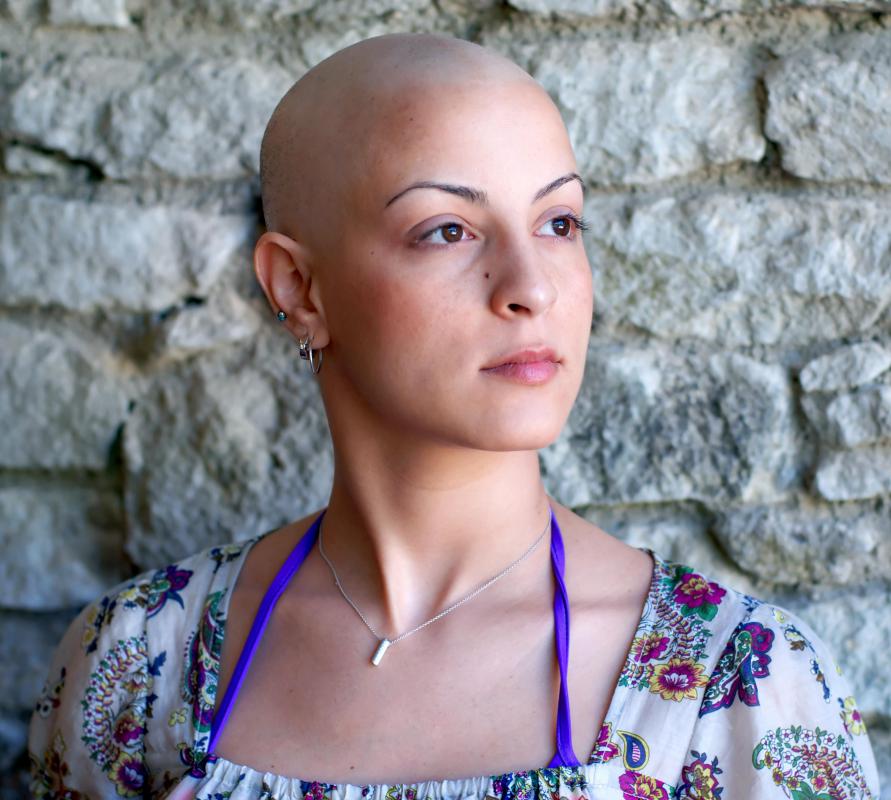At BeautyAnswered, we're committed to delivering accurate, trustworthy information. Our expert-authored content is rigorously fact-checked and sourced from credible authorities. Discover how we uphold the highest standards in providing you with reliable knowledge.
What is Alopecia Universalis?
Alopecia universalis is a condition marked by the extensive loss of hair on the head and body. A person with this condition will typically have complete hair loss on his head, in his nose, under his armpits and all over his body. Despite this extreme level of hair loss, people with alopecia universalis are normally healthy.
This type of hair loss belongs in the same class as a condition called alopecia areata, which generally involves hair loss in small round patches, mostly on the scalp. There are different variations of conditions that are in the alopecia areata group. Alopecia universalis gets its name because it is far more extensive than other forms of alopecia and involves a person’s whole body.

It may seem reasonable that a person with this condition would have other health problems. Most people with alopecia universalis are not in poor health, however. Those with the condition are a bit more prone to thyroid conditions and a skin condition called vitiligo than others, but a person can have alopecia universalis without any other health conditions.

Scientists have determined that alopecia universalis is caused by the mutation of a gene and is an inherited condition. Those with the condition may be born with hair, though they typically start to experience hair loss soon after birth. This hair loss condition is extremely rare, and scientists have yet to discover what causes the mutation of the gene that leads to it.
Some people with alopecia universalis also deal with nail issues. In some cases, they develop tiny indentations in their nails. In other cases, the nails develop more serious, deforming changes that affect a person’s whole nail.

A person with this condition may not experience hair loss for his entire lifetime. Some people begin to grow hair again after only a short period of time. Others may deal with the lack of hair throughout their entire lives. The potential is always there for a person to regrow his hair, even after many years of baldness have passed, however. At this time, doctors and scientists are unable to predict who will experience regrowth and when the regrowth will occur.

There is no cure for alopecia universalis. Many people with the condition wear wigs. Others may attempt to treat the condition with topical immunotherapy, which involves provoking an allergic reaction in the affected person’s skin. This treatment is thought to irritate the hair follicles into producing hair once more. Unfortunately, this is not effective for all patients. Some patients try shots of cortisone, with limited success and a high potential for side effects.
AS FEATURED ON:
AS FEATURED ON:
















Discussion Comments
I got alopecia universalis when I was 26. It was one year ago. I wear a wig. I think in the article should be more emphasis on the psychological effect of losing hair, especially for women.
Last, but most important: I use the immunotherapy since a couple of months.I don't know whether it gives effect, but I recently started to get hair back! keep your fingers crossed.
Post your comments